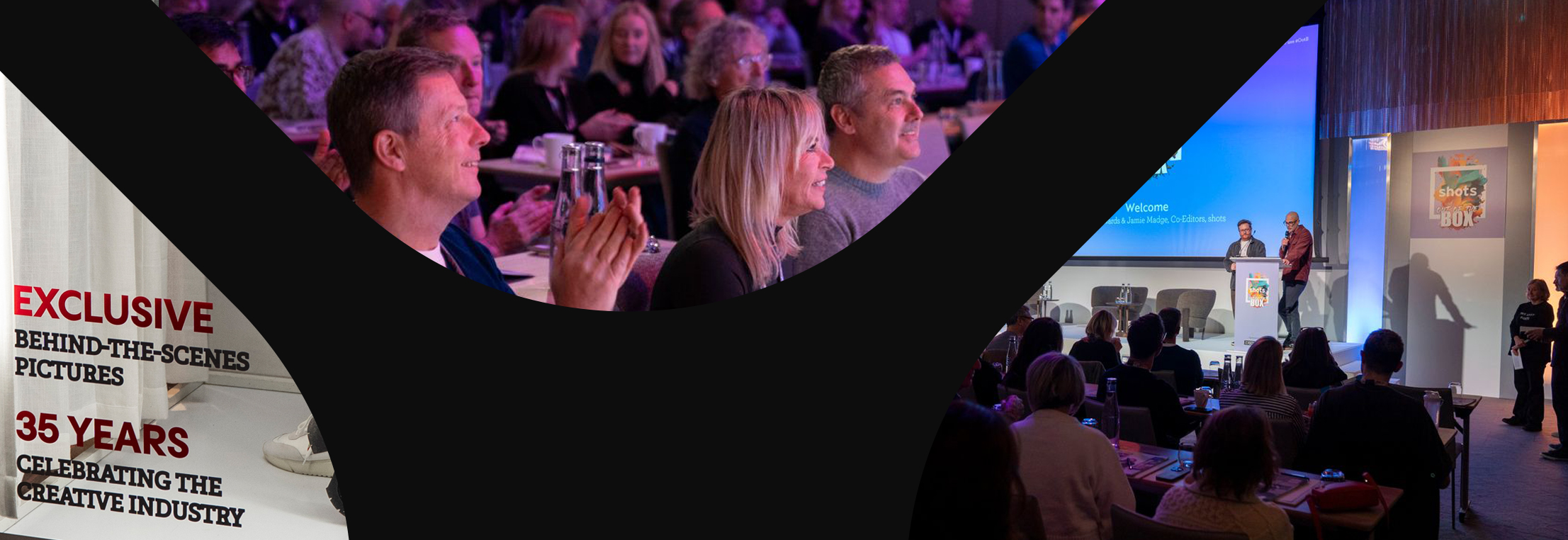Trends in Global Media Consumption
To understand the ever-shifting global media market, consumer research firm GWI polled over 900,000 Internet users aged 16 to 64 in 48 markets around the world for a flagship report that gives marketers an overview of media consumption habits. Here are some important points worth noting.
Devices like smartphones and smart TVs are growing increasingly popular, with global ownership of the latter rising a total of 19% since 2018, especially in North America (up 26%) and Latin America (up 41%). Smartwatch ownership also doubled in the last three years, marking a notable surge in post-pandemic interest for smart technology. Mobile, meanwhile, continues to draw consumers’ attention, with the average user spending three hours and 41 minutes a day on a mobile device.
Which isn’t to say that television viewing has fallen by the wayside. In fact, linear TV leads the viewing charge in many regions—including Europe, the Middle East and Africa—though streaming platforms are catching up. In both North America and Latin America, streaming increased by 33 minutes per day since 2018, while in Asia Pacific, time spent watching TV online caught up to total broadcast television minutes last year. Netflix remains the top player across all regions, but short-form video platforms like YouTube and Twitch are gaining traction among millennials and Gen Z members and changing the way younger audiences consume media.
This short-form video success likewise extends to social media, where TikTok leads the charge as the most popular site for watching and sharing videos about a wide range of subjects. In fact, the number of TikTok users outside China increased by 12% since the second quarter of 2021. Instagram, once known for its photo-sharing features, now counts 63% of users as those who watch videos on its site each month. Even a platform like LinkedIn, traditionally used for business networking, successfully integrated video viewing into its model (now used by 28% of members) without straying from its original vision.
Along with social platforms, media users are staying connected and accessing news stories by reading daily updates on mobile devices. As of 2022, time spent reading global headlines online beat physical newspapers and magazines by 25 minutes. But even here the line is blurred, as social media remains the dominant source of news discovery for most consumers around the world. News coverage over the last two years focused mainly on social justice and political discourse—issues once heralded by younger demographics. But that trend may have now reached a saturation point, as 46% of millennials in 11 global markets report being tired of hearing about social causes from news outlets, media sites and brands.
And just how are today’s consumers learning about brands? Television ads and search engines have long been the most effective channels for reaching consumers, but here as well, social media sites are gaining popularity. Outside of China, Gen Z uses Instagram as a means of searching for information nearly as often as Google. TikTok is also changing the brand discovery game by making it possible for real people to share their real experiences about a company or product, a trend that especially appeals to younger demographics. The number of people who use social media to search for products has grown by 43% since 2015, according to GWI. What’s more, there’s been a 7% increase in TikTok users who follow brand accounts since the end of 2020, and among those users, 46% of millennials and Gen Zers are likely to make an online impulse purchase every two or three weeks.
Explore the benefits of activating campaigns in one end-to-end omnichannel platform.
Contact us to learn more about how ER can fuel your success with forward-looking tools that eliminate the workflow friction in cross-screen campaign execution.



